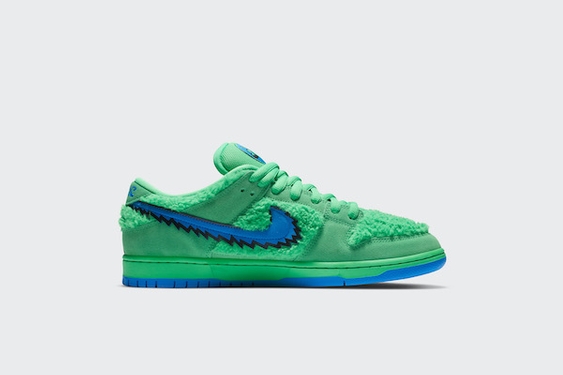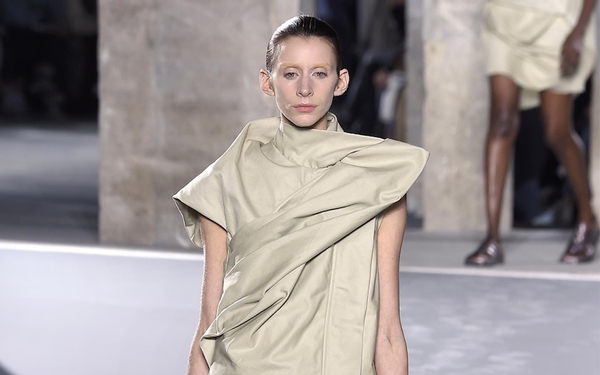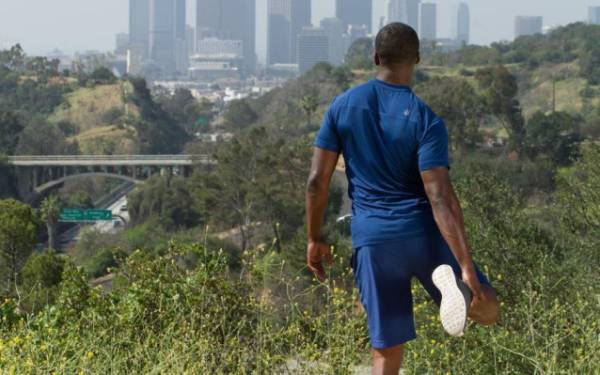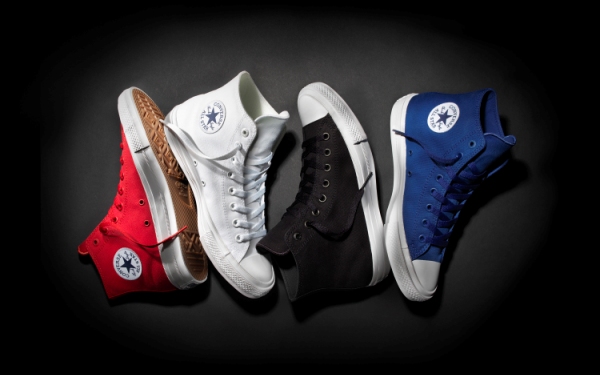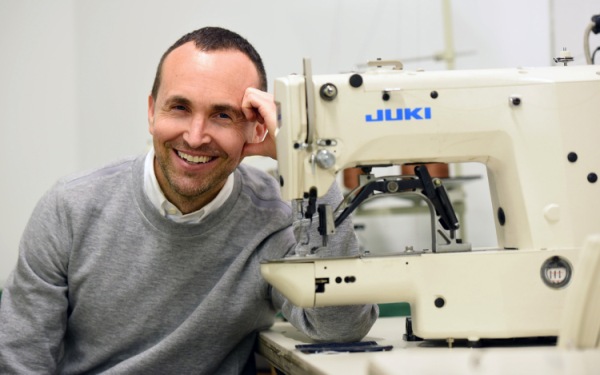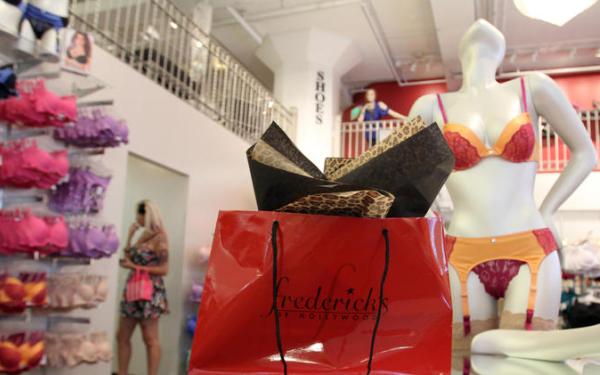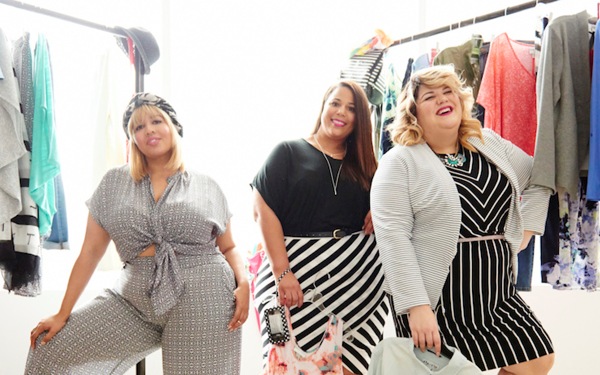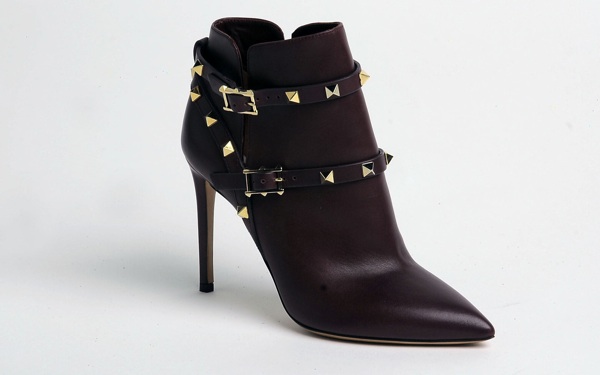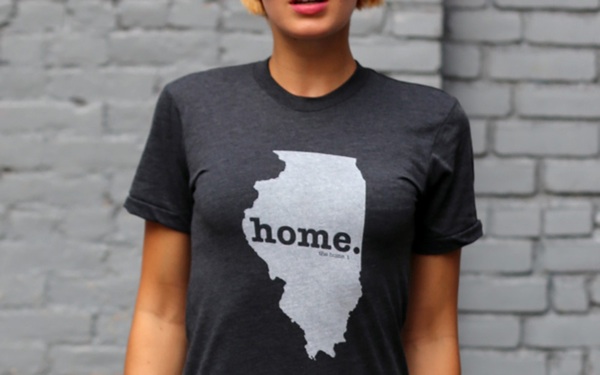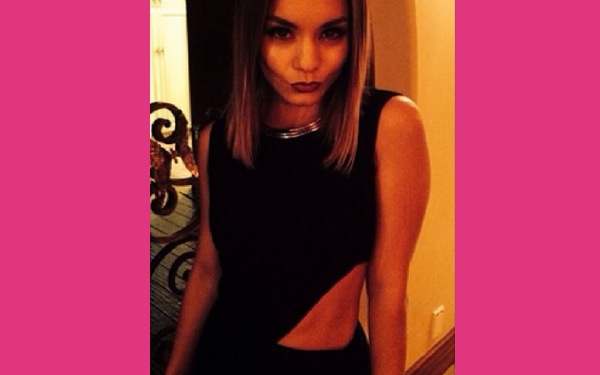“It actually fits,” says Ortman, of Concord, Calif.
Shopping wasn't always this easy for Ortman. Like many full-figured women, fashion was limited to what Mom could whip up on the sewing machine. Or worse, the Sears catalog.
Well, move over muumuus. Today, 62 percent of American women wear a size 14 or larger, and retailers have caught on. The plus-size clothing industry soared to $32 billion last year, a 50 percent growth from five years ago, according to Mintel, a market research firm.
The country's obesity epidemic has seeped into the pop culture. Jennifer Lopez, Queen Latifah, supermodel Emme and Oprah Winfrey have all contributed positive images of full-figured women in the media. Last year, comedian Mo'Nique launched “Fat Chance,” the first nationally televised plus-size beauty pageant.
“When I was in high school, the popular girls were the skinny cheerleaders,” Ortman says. “Now the popular girls are black and Latino full-figured mamas. It's hot to have curves.”
The result: If you want the latest beaded tank top, designer jeans or capris in a size 12 to 26, you'll find it.
“Our customer is very fashion-savvy, and she wants the same looks that her size-6 friend wants,” says Catherine Lippincott, spokeswoman for Lane Bryant, a leader in the industry. “Other designers and retailers have caught on that these women have plenty of money.”
Macy's has one of the largest plus-size departments with Ralph Lauren, Tommy Hilfiger and INC now making clothes for larger women. Jessica Simpson has a line of big-bottom jeans in the works. And Los Angeles-based NYDJ (Not Your Daughter's Jeans) has unveiled jeans for petite, plus-size women. Even Seven for All Mankind now offers larger sizes.
Fiona McLaughin works at Torrid in Concord. In a given day, she gives dozens of customers encouragement and honest feedback on outfits, as opposed to the blanket “It-looks-great-on-you” consumers often hear at misses-size stores.
“A lot of people aren't sure what looks good on them or need help putting things together,” says McLaughlin. “Here, we want to help each other out.”
Susan Benson of Oakland's Says Who? notes how much the industry has changed since she started the business 25 years ago with her friend, Miklane. Back then, Benson says, shopping was as much fun as oral surgery.
“We started it because she kept looking at me and saying, ‘Why don't you wear normal clothes that are bigger? My response was, ‘I can't find any.'”
But now, they're everywhere.
“People are demanding more contemporary things and we're doing it,” says Says Who? owner Terry Kiskaddon. “Skirts and dresses, knit tops that are fitted and sexier. We've gotten closer to the body.”
All this demand means the need for plus-size models is high.
Cathryn Michael Murray, of Concord, is a plus-size model and advocate for full-figured women. She recently modeled Lane Bryant's clothing on “The Tyra Banks Show,” and was featured on www.therealhot100.org, a Web site that celebrates women of substance.
“When I started doing this [modeling] six years ago there used to be so much negative feedback,” says Murray. “Now, everybody's looking for curvaceous talent.”
Not only are plus-size models generally older – a far cry from the 18-year-olds in most fashion spreads – but bigger is definitely better.
On the lower end at a size 14, Murray feels the pressure.
“If I had a choice I'd probably get a little bigger,” she says, “because a lot of the companies are looking for that.”
© 2006, Contra Costa Times (Walnut Creek, Calif.).
Distributed by McClatchy-Tribune Information Services.



